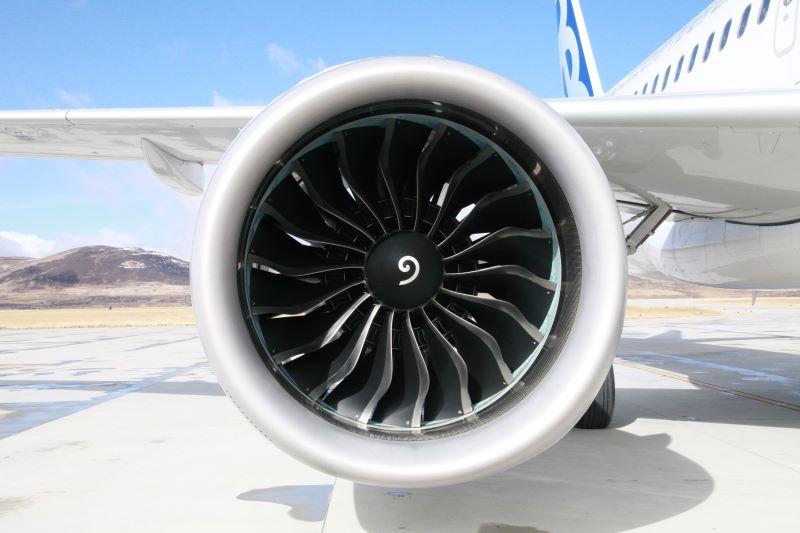
Credit: Airbus
A 2022 CFM Leap-1A in-flight engine shutdown traced to non-conforming parts has prompted the FAA to plan mandatory replacements of the affected components based on the manufacturer’s recommendations. The agency’s proposed fix is replacing the affected parts, high pressure turbine (HPT) rotor...
Subscription Required
FAA Flags Non-Conforming Leap-1A Seals For Replacement is published in Aviation Daily, an Aviation Week Intelligence Network (AWIN) Market Briefing and is included with your AWIN membership.
Already a member of AWIN or subscribe to Aviation Daily through your company? Login with your existing email and password
Not a member? Learn how to access the market intelligence and data you need to stay abreast of what's happening in the air transport community.





